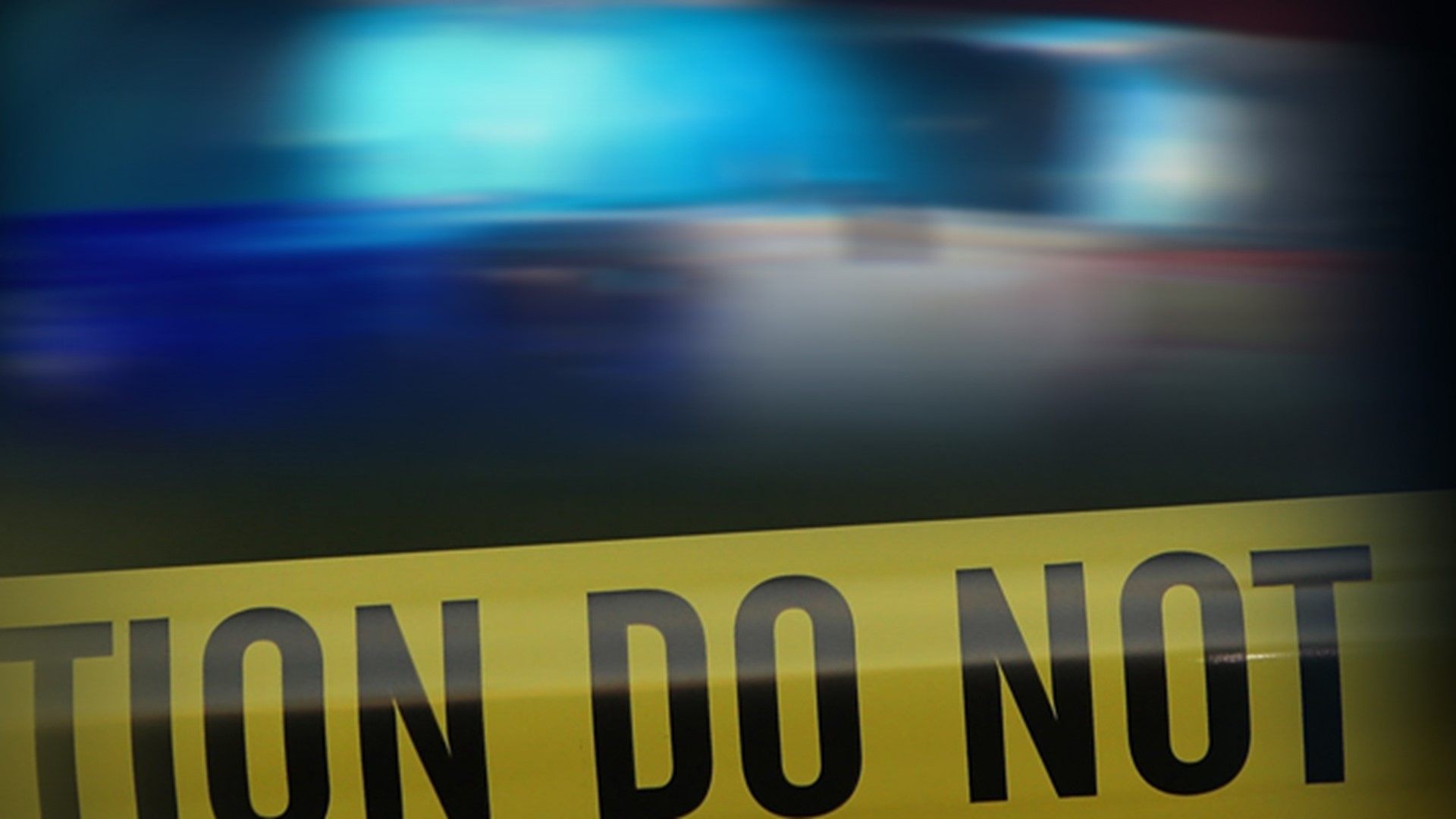by Alex Berenson, Unreported Truths:
 Several pilots wrote in – I thank you all. I found this explanation both admirably complete and largely apolitical, and I think you will too.
Several pilots wrote in – I thank you all. I found this explanation both admirably complete and largely apolitical, and I think you will too.
The author’s name is J.R. Rudy. He raises several issues I haven’t heard before, including the crosswinds that were swirling Wednesday night and the lack of a safety observer on the Black Hawk’s training mission. Beyond that – I’d rather let him speak for himself, unedited.
TRUTH LIVES on at https://sgtreport.tv/
I am responding to your recent note about input from pilots regarding the DCA crash.
I could go on for hours about this but will condense it the best I can without too much unsupported speculation.
I am a retired aviation professional with nearly 40 years of flying experience. The first 8 years I served as a Fighter Pilot flying the F-14 in the US Navy from aircraft carriers. Collateral duties included service as a Landing Signals Officer (the tower for the carrier) a Standardization Officer. I was one of the primary investigators into the mid-air collision of a TopGun F-16 and one of my squadron’s F-14s. No jets or lives were lost.
After leaving the Navy, I flew domestically and internationally for Delta Air Lines for over 30 years, the last 20 out of JFK.
I have flown into DCA [Reagan National] countless times as a pilot, though not recently. I did land there about a week ago at 1130p, as a passenger, landing to the south flying the River Visual 19 approach. Challenging but fun, hand flown approach with a great view of DC from the port window seat.
I have ridden in but never piloted a helo, nor have I flown in one anywhere in the DCA helo corridor. Like other pilots and boaters on the Potomac, I have often seen helocopters there.
It is readily evident that the Army Blackhawk was flying visually, headed south on Helo Route 1, then transitioning to Route 4 abeam DCA. On the chart, there is a max altitude restriction of 200′ from the Key Bridge to the Wilson Bridge on these two routes, inclusive of the area of the crash.
UH-60A and subsequent Black Hawks have VHF radios, just like commercial jets so separate UHF communication should not have been an issue.
Below there is a link to the Helo chart for the DC area below, showing the VFR helo corridor paths and altitude restrictions.
The accident appears to be a classic CRM “swiss cheese” multiple failure event, as are most aircraft accidents.
Any one of the following interventions could have prevented this accident:
-More timely, accurate and positive confirmation of traffic by an overtasked ATC [air-traffic control] controller.
-Adequate staffing in ATC tower.
-Black Hawk copilot/evaluator/instructor taking command of the aircraft or issuing timely instructions to correct altitude deviation.
-Observation/safety observer pilot aboard who is not wearing NVGs.
-Not doing military training missions in busy airport approach corridor when a much safer less congested one is available to the south of DCA
-Use of collusion avoidance technology by the Black Hawk. Airliners have this and can visualize on screen potential threats, although this is low altitude inhibited.
-and most importantly, adherence to published altitudes.
-If the American commuter pilots had not accepted the side-step on the Mount Vernon Visual Approach from RW1 to RW 33 there would be no collision.
-If a single pilot was not wearing NVGs, the plane might have been visible.
-If the helo was on altitude, they may have been able to discern the aircraft lights unobscured in the night sky looking up rather than looking level into lights on the west shoreline.
Read More @ alexberenson.substack.com




